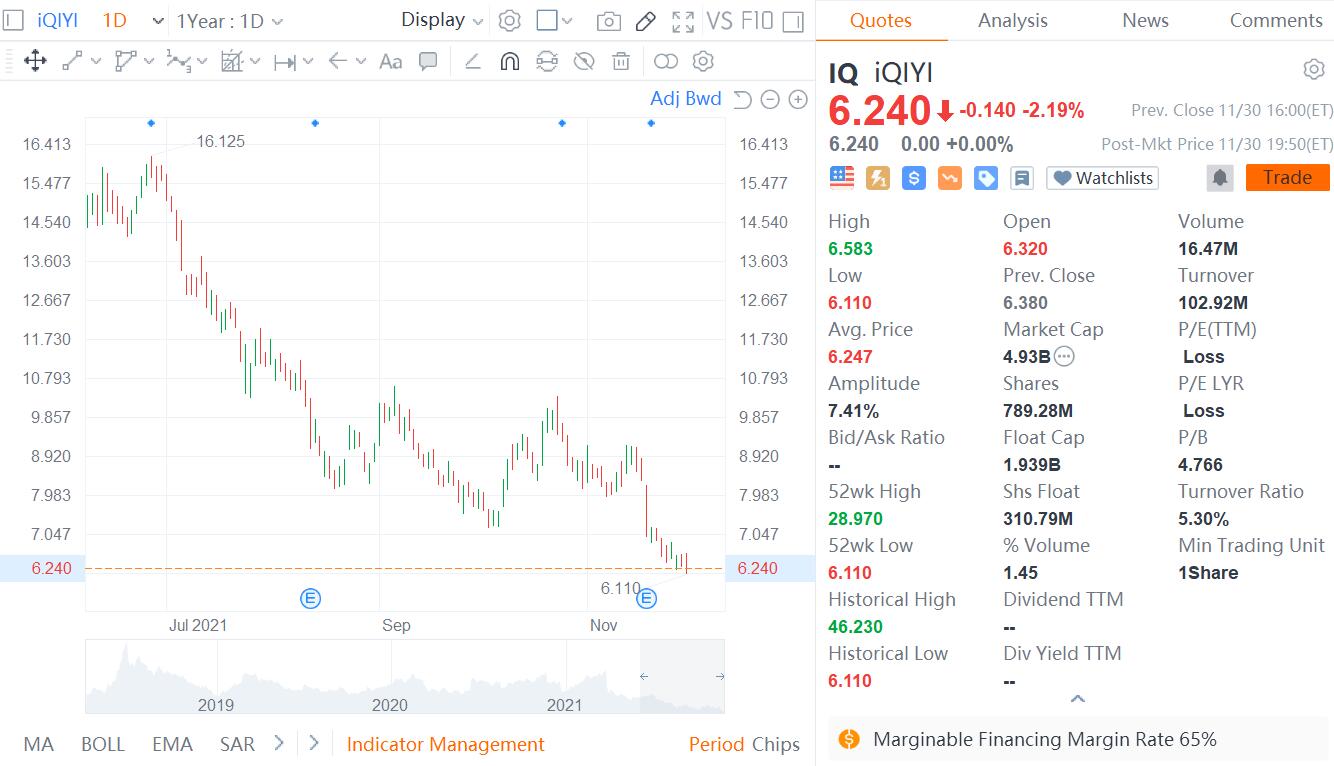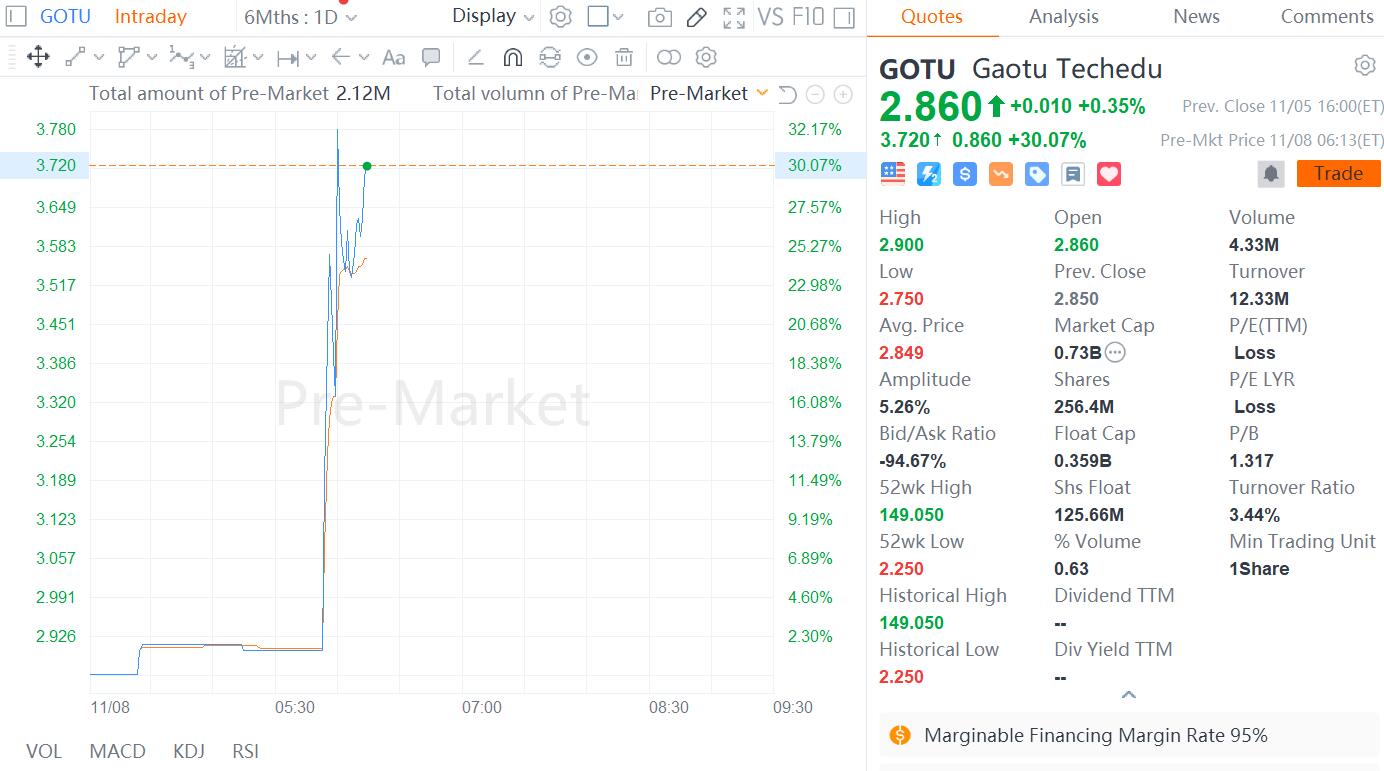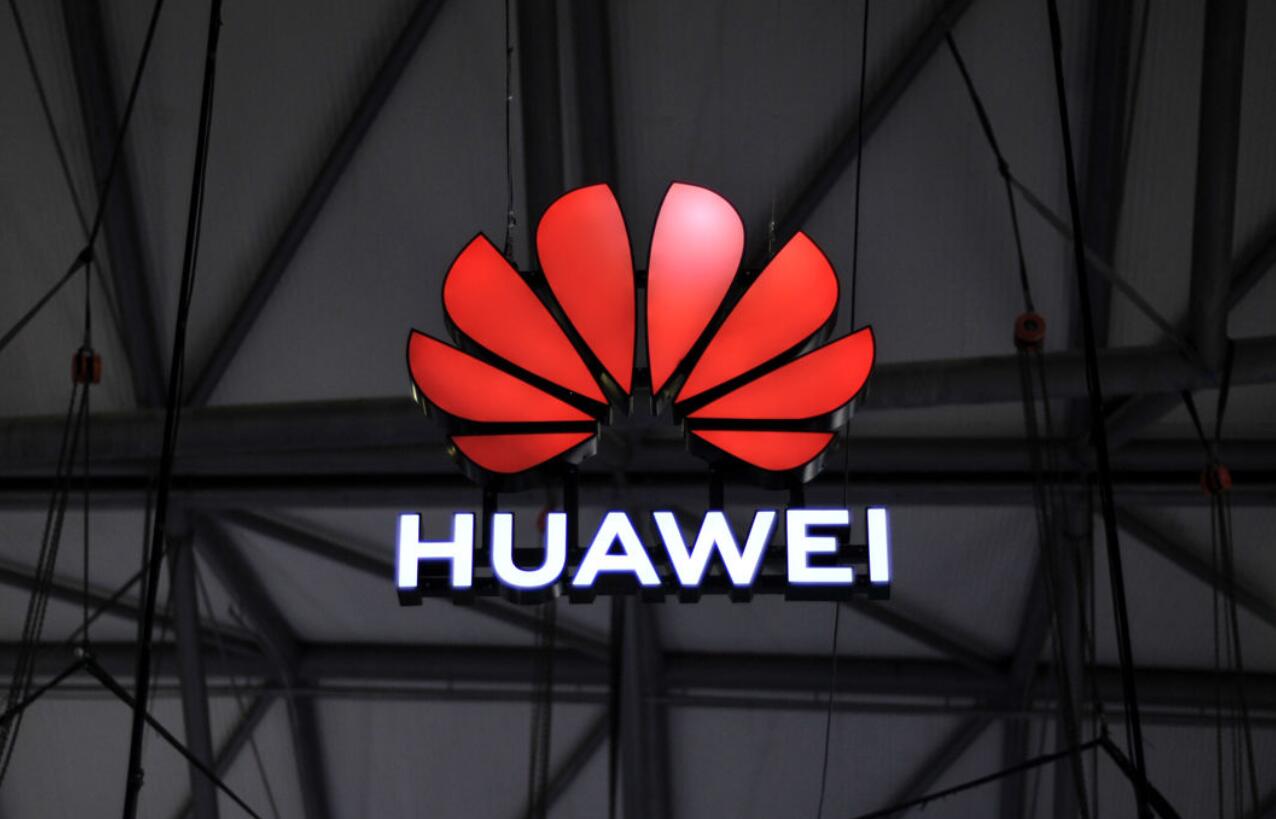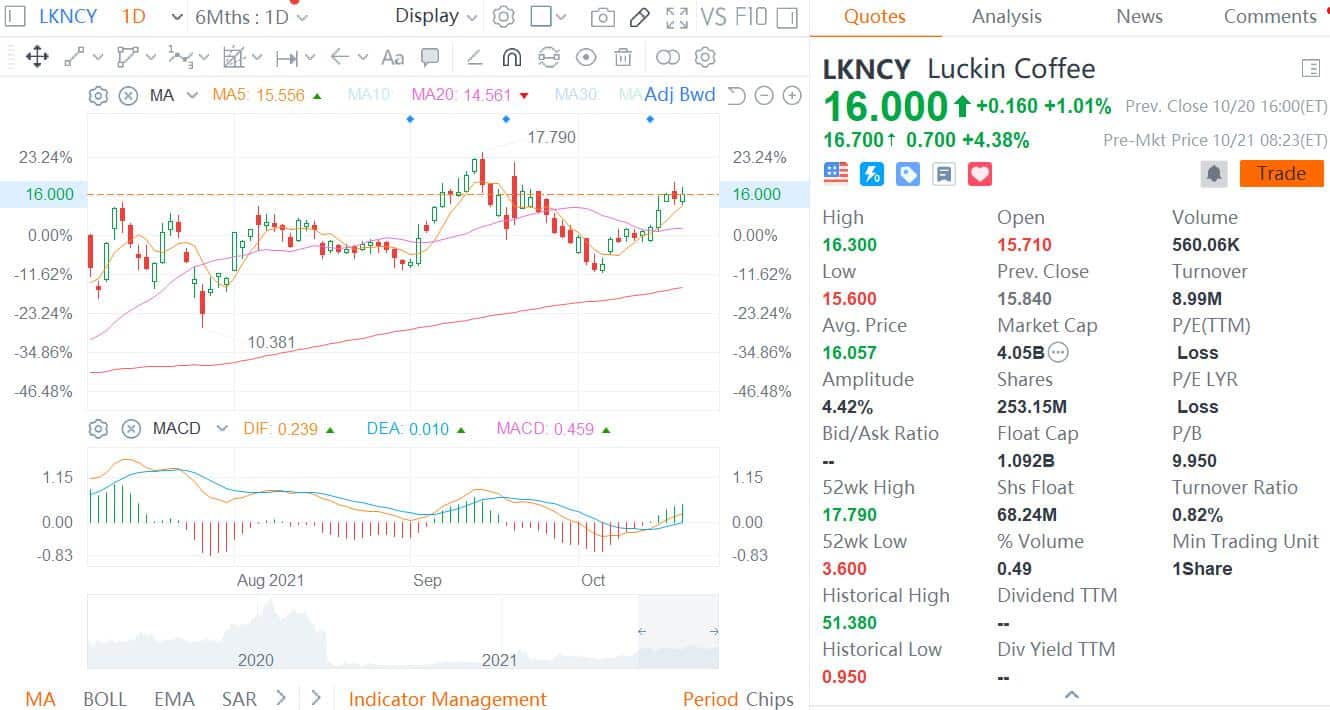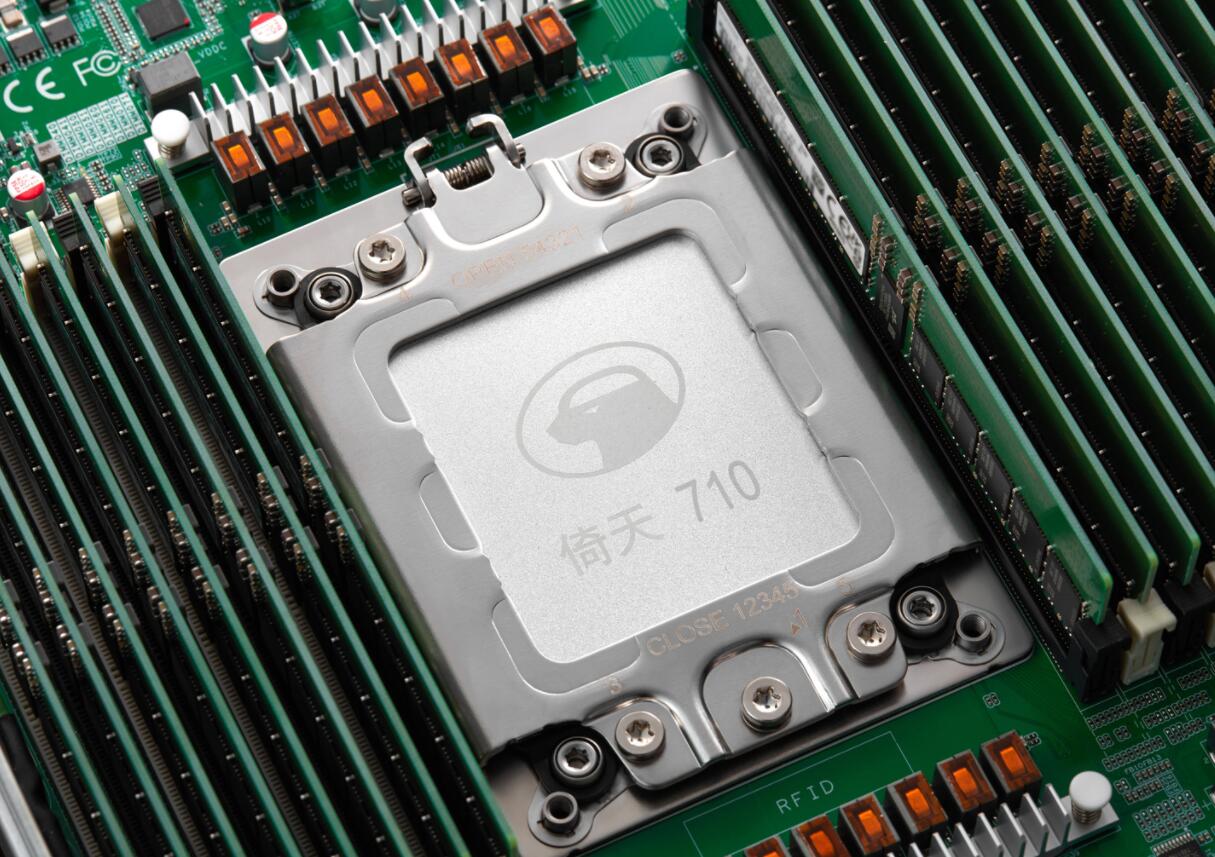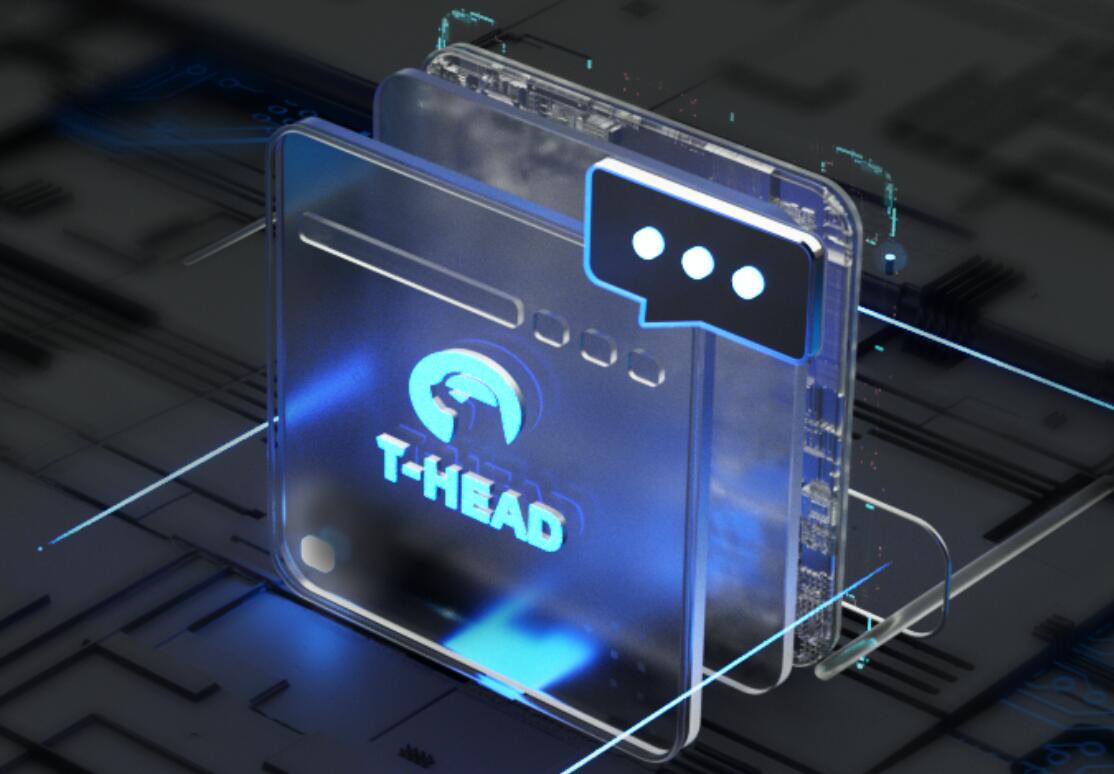
The Wi-Fi Alliance announced a change in Wi-Fi naming, and Wi-Fi 6 (formerly 802.11.ax) will be the name of the next-generation Wi-Fi standard. Nowadays, the concept of Wi-Fi 6 gradually spreads with the promotion and application of manufacturers.
Today, Intel officially answered the question "Why can Wi-Fi 6 be used by multiple people without being crowded?"
Intel explained with two diagrams: "It is a set of multi-input and multi-output technology for wireless communication equipped with MU-MIMO technology, which is not as crowded as the right picture. Without this technology, it will fall into the left picture. mess."

How fast is Wi-Fi 6?
Wi-Fi 6 allows communication with up to 8 devices at a maximum speed of 9.6Gbps. For comparison, the speed of Wi-Fi 5 is 3.5 Gbps. In September 2019, the Wi-Fi Alliance announced the launch of the Wi-Fi 6 certification program.
But the more realistic answer is: this speed is only a theoretical maximum, which is difficult to achieve in real life. Even if it can be achieved, it is estimated that your internet speed is not up to standard.
However, the fact that Wi-Fi 6 speeds up is still important. Because the network speed of 9.6 Gbps may not be exclusive to a single device, it can be distributed to all devices in the entire network, which means that the potential speed of each device will be faster.
The most important thing about Wi-Fi 6 is not the speed increase
Arguably, the most important improvement of Wi-Fi 6 is to reduce congestion and allow more devices to connect to the network. Wi-Fi 6 uses a technology called MU-MIMO (Multi-User Multiple-Input Multiple-Output) to achieve this, which allows routers to communicate with multiple devices at the same time, rather than sequentially.
Currently, MU-MIMO allows the router to communicate with four devices at a time, and Wi-Fi 6 will allow communication with up to 8 devices. Wi-Fi 6 also utilizes other technologies, such as OFDMA (Orthogonal Frequency Division Multiple Access) and transmit beamforming, both of which increase efficiency and network capacity, respectively.
In short, Wi-Fi 6 allows routers to communicate with more devices at the same time, and also allows routers to send data to multiple devices in the same broadcast.
The purpose of all these technologies is to solve the network congestion caused by a large number of devices connected to the network. Solving this problem is very important for modern life.
Surveys have shown that when Wi-Fi 5 first came out, American households had an average of about five Wi-Fi devices.
Today, American households have an average of nine Wi-Fi devices, and some companies predict that this number will reach 50 within a few years.
In addition, Wi-Fi 6 will provide a better experience in places with large crowds. The Wi-Fi Alliance specifically mentions retailers, apartment buildings, transportation hubs and stadiums.
Wi-Fi 6 can also improve battery life
Another new technology in Wi-Fi 6 allows devices to plan communication with the router, reducing the time required to keep the antenna powered to transmit and search for signals, which means less battery consumption and improved battery life.
This technology is called Target Wake Time and it allows the router to schedule communication time with the device.
But the technology isn't helpful for all devices, such as your laptop needs continuous internet access, so it is unlikely to benefit too much from this feature (perhaps the effect is greater when you go to sleep).
This technology is more beneficial for small, low-power devices that occasionally need to update their status, such as sensors or smart homes placed in the home to monitor gas leaks.
Wi-Fi 6 also means better security
Last year, Wi-Fi technology received the biggest security update in a decade and began to support the new security protocol WPA3. WPA3 makes it harder for hackers to crack passwords by constantly guessing, and even if hackers manage to get passwords, it will make some Data becomes less useful.
Current devices and routers can support WPA3, but it is not mandatory. However, for Wi-Fi 6 devices to be certified by the Wi-Fi Alliance, they must use WPA3, so once the certification program is launched, most Wi-Fi 6 devices will be more secure.
How can I use Wi-Fi 6?
To use Wi-Fi 6, you must purchase a new device. Because Wi-Fi technology updates rely on new hardware, not just software, you need to buy a new phone, laptop, etc., and of course a router that supports Wi-Fi 6 to use the new version of Wi-Fi.
When will Wi-Fi 6 arrive?
Wi-Fi 6-enabled devices are still in their infancy. Although routers that support Wi-Fi 6 are now available, they are all very expensive. A few laptops also support Wi-Fi 6, but it is clearly far from universal.
However, this year's high-end flagship smartphones will begin to deploy Wi-Fi 6. Qualcomm ’s flagship processor, the Snapdragon 855, already supports Wi-Fi 6, but the use of the Snapdragon 855 does not guarantee that the phone will support Wi-Fi 6, but it is more likely: for example, Samsung ’s Galaxy S10 is equipped with Snapdragon 855, the machine supports Wi-Fi 6.
The Wi-Fi Alliance will launch its Wi-Fi 6 certification program this fall to guarantee Wi-Fi device compatibility.
Although the device does not have to pass the certification, the introduction of the certification means that the industry is ready for the arrival of Wi-Fi 6, and it is estimated that more devices will support Wi-Fi 6 next year.
Do you need Wi-Fi 6?
Upgrading to the new Wi-Fi 6 standard is certainly a good thing, but obviously not everyone needs it.
If your internet speed is far from Gigabit, then Wi-Fi 6 may not mean much to you.
In addition, even in environments with a large number of connected devices, such as shopping malls, offices, or public buildings, to take full advantage of Wi-Fi 6, you must ensure that all devices on the network support the standard.
If your current router only supports Wi-Fi 4 (802.11n) or earlier standards, it may be better to upgrade it to support Wi-Fi 5 first, and it may be a better choice when Wi-Fi 6 routers reduce their prices.


